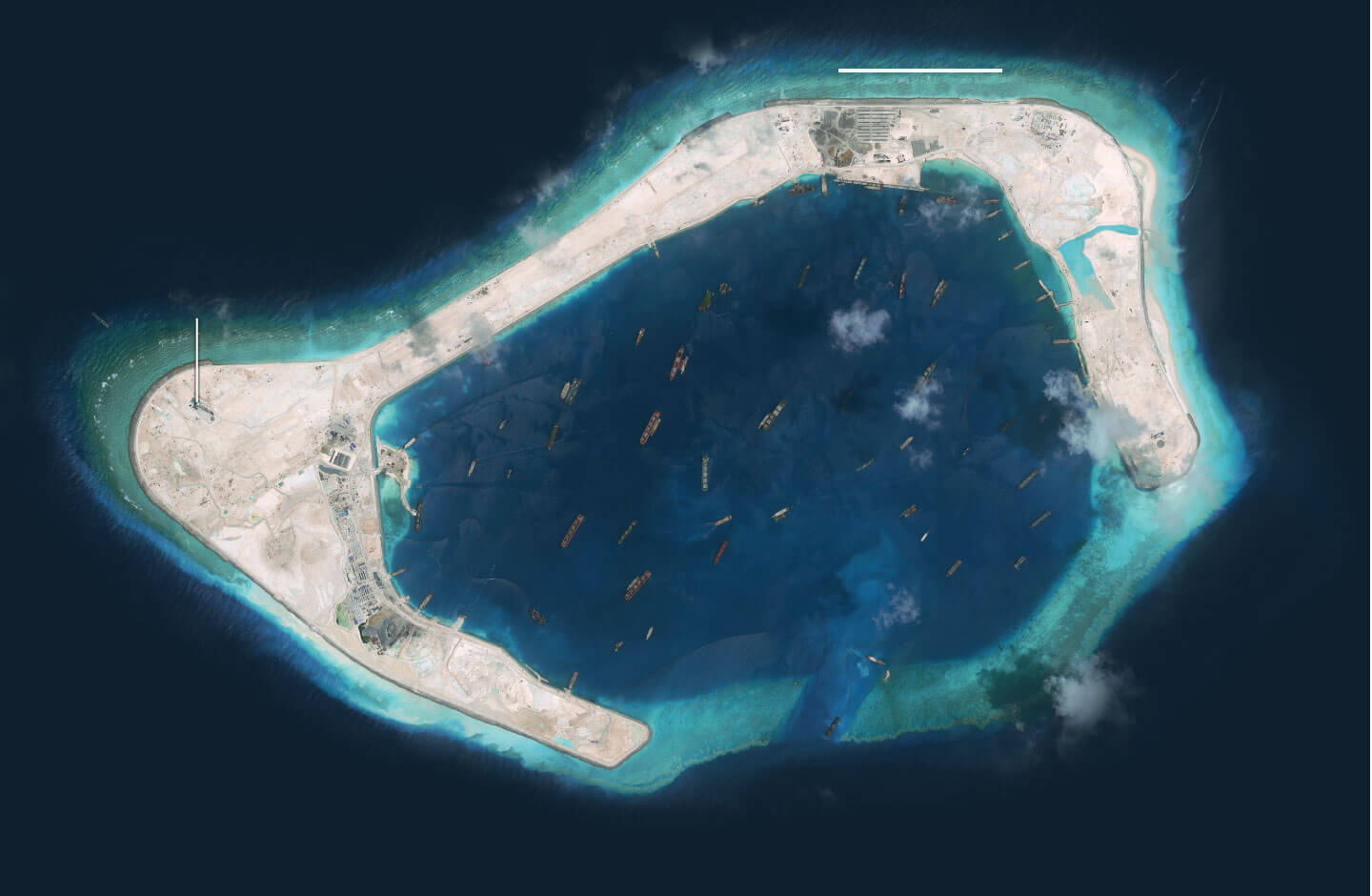By Llewellyn King
John T. Conway, who died on Feb. 12 at the age of 92, was a force. And he triumphed in many things — as a Navy engineer, an FBI special agent, an attorney, a congressional staffer, a presidential appointee, a utility executive, a husband and a father.
I am glad to say that John was my friend, and that I was the beneficiary of his joy and generosity.
I knew him for more than 40 years. And I knew him to be a man for whom everything was an adventure. He sought it and it sought him.
If you were lucky enough to know John, you were swept along in his adventure. I was swept along in the corridors of the Capitol, which he knew inside out from his days as a staffer on the storied Joint Committee on Atomic Energy. I was swept along in the labyrinth of offices at Consolidated Edison Company in New York, when he was executive assistant to the chairman. I was swept along into the arcane and essential work of the Defense Nuclear Facilities Safety Board, when he became its first chairman, appointed by President George H.W. Bush, in 1989.
And I was swept along on K Street in Washington, when John was headed for a favorite watering hole. He was an Irishman from New York, where his father was a policeman for 30 years. John was Irish in the best sense of that: He enjoyed a drink and loved the companionship that went with it.
John was a raconteur who took time to ask questions. You always felt he knew a lot more than you did — and this was for the simple reason that he did. An evening in his company was a time to laugh, but also a time to learn.
A 42-page interview that FBI historians conducted with John in 2009, as part of an oral history of the agency, can be found online at http://www.nleomf.org/assets/pdfs/nlem/oral-histories/FBI_Conway_interview.pdf In this remarkable document, John discusses his attempts to see active duty in World War II and his extraordinary career at the FBI.
John had told me a lot about his life as an FBI special agent, including how close he had come to turning a Soviet spy. He said he felt cheated not to have closed the deal.
He was both an engineer and an attorney – with degrees from Tufts University and Columbia University School of Law — so he was well-suited to the nuclear business in Washington. From the 1950s, the nuclear world was populated with giants. John stood tall even among that august company.
He joined the Joint Committee on Atomic Energy in 1958 as an assistant staff director, and became its executive director in 1968. It was the only joint committee of Congress that has ever had the power to introduce legislation — and as such, it was something of a law unto itself. It had very private offices in the Capitol, accessed by a discreet elevator that was almost under the dome.
All the committee members were there because of their devotion to nuclear energy. They sought their assignments because they believed in nuclear energy for defense, electricity generation and medicine. Democrat and Republican were as one where nuclear was concerned. The chairmanship switched between the House and Senate every two years, but the committee’s policy of collective aims never varied. Many of its members were national figures such as Sen. Henry “Scoop” Jackson (D-Wash.), Sen. John Pastore (D-R.I.), Sen. Clinton Anderson (D-N.M.), and John Anderson (R-Ill.), who ran for president as an Independent.
Because of the secrecy which surrounded it and the depth of knowledge among its members, Congress was usually swayed by the committee. In short, it got what it wanted.
Making sure that happened was John Conway. As staff director, his influence in Congress and in its vassal agency, the Atomic Energy Commission (AEC), was considerable. He was at the right hand of members during an expansion of nuclear power and in dangerous days of the Cold War. He circled the globe as the quiet man who smoothed things out — some critical, as in Moscow with Sen. Jackson, or in Rome with Sen. Pastore.
When Pastore was chairman of the committee, he took John with him on a trip to Rome. Now Pastore was a short man, and John was a tall, raw-boned one. They traveled together at a time when Europe was littered with what were called “counterpart funds.” This was local currency that had accumulated in U.S. embassies in payments, but could not be repatriated and converted into dollars.
At the U.S. Embassy in Rome, John was given a big roll of lira — a common practice at that time when congressmen visited European countries. With the roll in his jacket pocket, John accompanied Pastore for an audience with the Pope. Pastore was a devout Catholic, and John told me he thought this was the highest point of the senator’s life.
The audience began in curtained room in the Vatican, and involved Pastore, John, the Pope and his aide. Before they left the room, the Pope handed a glass-and-metal crucifix to Pastore, who clutched it to his chest, profoundly moved.
Then the Pope indicated that he and Pastore should go to another room where, presumably, the senator received a papal blessing. John and Pope’s aide stood looking at each other in the curtained room. He was so grateful for his boss’s audience with the Pope and the gift of the crucifix that he felt some reciprocation was needed. Having brought no presents, John handed the Pope’s aide the roll of lira.
Then the aide, who thought this generosity required major reciprocity, threw back the room’s curtain to reveal a great tub of identical crucifixes. He grabbed a bunch and handed them to John. Big problem. If Pastore had found out that they were given to all, he would be devastated. And if John declined the offer, there might be an international incident. So he stuffed them into his shirt and crossed his arms over his chest to keep them from clinking.
Soon, John was reunited with Pastore. The two left the Vatican — with John suffering painful pricking from his burden.
When they were back on a Roman street and Pastore was distracted, John unloaded his burden into a trash can. “Ask John. He will know what to do,” they used to say all over Washington. And he always did.
A truly great man has passed, paid up in full in the human club.
Llewellyn King, executive producer and host of “White House Chronicle” on PBS,” was the founder and publisher of “The Energy Daily” for 33 years.


